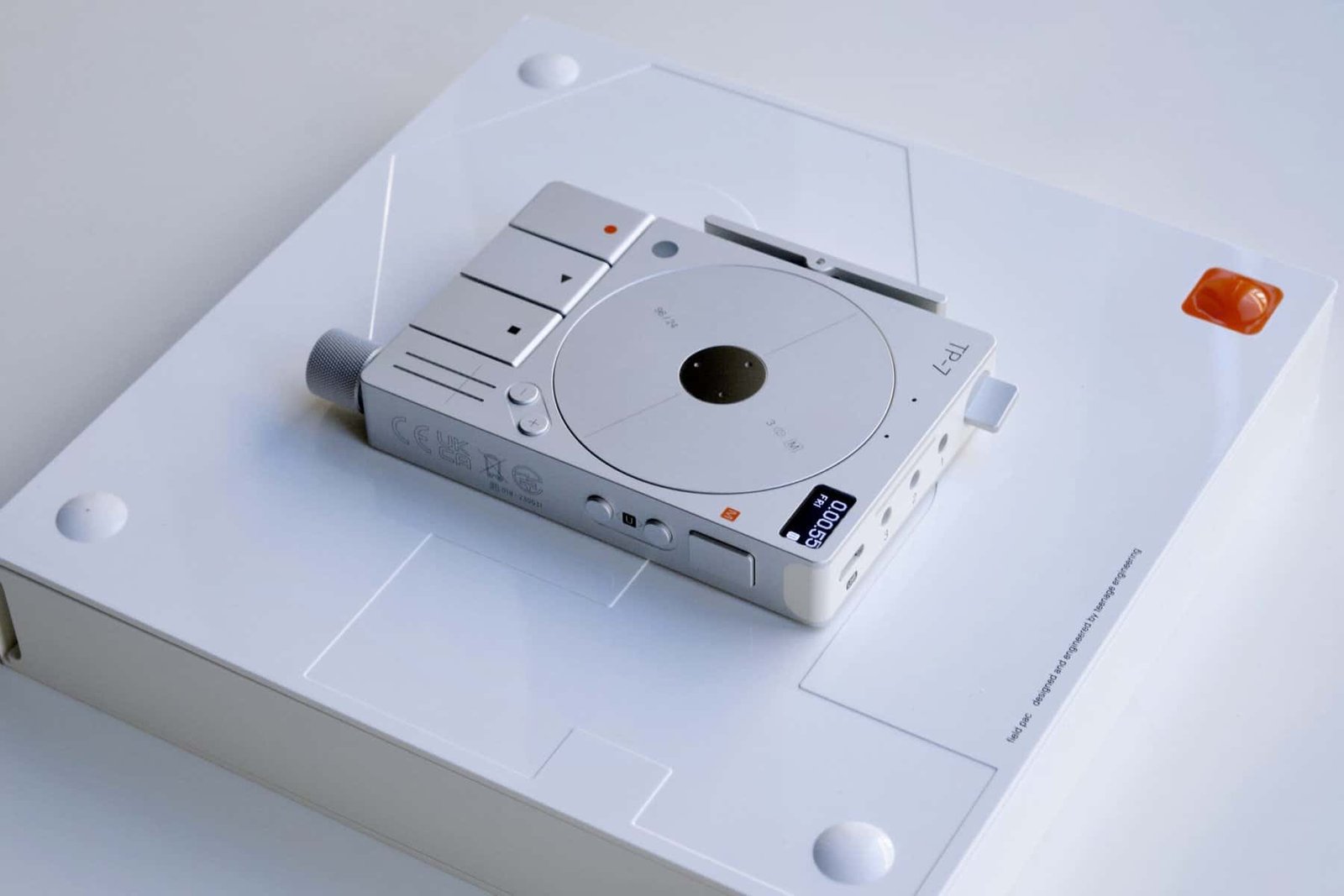In this article, we will explore the crucial role of net height adjusters and their significance in practice. Whether you are a professional athlete, a casual player, or a dedicated coach, understanding the functionality and benefits of net height adjusters is essential in enhancing your game. These innovative tools allow you to effortlessly modify the net’s height to suit various sports such as volleyball, tennis, and badminton, accommodating different skill levels and ensuring fair play for players of all ages. So, let’s delve into the world of net height adjusters and discover how they can elevate your sports experience to new heights!

Understanding Net Height Adjusters
Net height adjusters are devices used to change the height of a net, typically in sports such as volleyball and tennis. These adjustable systems allow for modifications to the net’s height, ensuring that it is set at the appropriate level for different age groups or skill levels. In this article, we will dive into the definition, purpose, types, benefits, best practices, and challenges associated with net height adjusters. By understanding the role of net height adjusters, you can make informed decisions about their usage in your sports facilities or recreational areas.
Definition of Net Height Adjusters
Net height adjusters refer to mechanisms or systems designed to change the height of a net according to specific requirements. These devices are employed to raise or lower the net, depending on the sport or the age group of the participants. Net height adjusters may be manual, automatic, or hydraulic, with each type offering distinct advantages and disadvantages. Ultimately, the goal of using net height adjusters is to enhance the experience, fairness, and safety of sports activities.

Purpose of Net Height Adjusters
The primary purpose of net height adjusters is to ensure that the net is set at an appropriate height for the specific sport or age group. By allowing for adjustments, these devices accommodate different skill levels and abilities, enabling fair and engaging gameplay. For instance, in volleyball, net height adjusters make it possible for younger players to participate and practice effectively, even if they are unable to reach the standard net height. By providing adaptability, net height adjusters promote inclusivity, skill development, and an enjoyable experience for participants.
Importance of Net Height Adjusters in Practice
Net height adjusters play a crucial role in various sports, as they directly impact gameplay dynamics and player experience. Without the option to adjust net height, certain demographics, such as children or shorter individuals, may encounter difficulties in participating fully. Moreover, net height adjusters contribute to the safety of sports activities by preventing injuries caused by excessive jumping or collisions with the net. Therefore, understanding and implementing net height adjusters in practice is vital for fostering inclusivity, skill development, and safe sporting environments.

Types of Net Height Adjusters
There are three main types of net height adjusters – manual, automatic, and hydraulic. Each type offers unique features and functionality, catering to different needs and preferences. Let’s take a closer look at how each type works, along with their advantages, disadvantages, and popular brands/models associated with them.
Manual Net Height Adjusters
How Manual Net Height Adjusters Work
Manual net height adjusters typically consist of telescopic poles or rods that allow for manual adjustment of the net height. These poles are designed to fit within the posts of the net system, and users can easily slide them up or down to their desired position. Manual net height adjusters often utilize a pin-locking mechanism to secure the poles in place once the desired height is achieved.
Advantages and Disadvantages of Manual Net Height Adjusters
One significant advantage of manual net height adjusters is their simplicity and ease of use. They require minimal maintenance, and their mechanical design ensures durability and reliability. Manual adjusters also tend to be more cost-effective compared to their automatic or hydraulic counterparts. However, the manual adjustment process can be time-consuming and may require multiple individuals working together. Additionally, manual net height adjusters may not provide the same level of precision or convenience as automatic or hydraulic options.
Popular Brands and Models of Manual Net Height Adjusters
Some renowned brands and models that offer manual net height adjusters include Brand A’s Telescopic Net System, Brand B’s Adjustable Height Net Posts, and Brand C’s EasySlide Net Height Adjuster. These products are known for their quality construction, user-friendly features, and dependable performance. It is essential to research and select a reputable brand when considering manual net height adjusters to ensure long-term satisfaction and functionality.

Automatic Net Height Adjusters
How Automatic Net Height Adjusters Work
Automatic net height adjusters utilize electric motors or pneumatic systems to automatically change the net height. These systems are usually controlled with a remote or a control panel, allowing users to adjust the height effortlessly. Some automatic adjusters may include sensors for precise height detection or memory features to save specific height positions.
Advantages and Disadvantages of Automatic Net Height Adjusters
One of the main advantages of automatic net height adjusters is their convenience and ease of use. With just a push of a button, the net height can be adjusted to the desired level, saving time and effort. Automatic adjusters also provide greater precision compared to manual options, ensuring accurate height measurements. However, they can be more expensive due to their advanced technology and electrical components. Additionally, automatic adjusters may require regular maintenance to ensure optimal performance and prevent malfunctions.
Popular Brands and Models of Automatic Net Height Adjusters
Brand D’s Electric Net Height Adjustable System, Brand E’s SmartNet Height Control, and Brand F’s AutoRaise Net Adjuster are popular choices for automatic net height adjusters. These brands and models are known for their reliable performance, user-friendly interfaces, and durability. When considering automatic net height adjusters, it is essential to choose a brand that offers comprehensive technical support and regular maintenance services to maximize the system’s lifespan.
Hydraulic Net Height Adjusters
How Hydraulic Net Height Adjusters Work
Hydraulic net height adjusters employ hydraulic mechanisms to change the net height. These systems utilize hydraulic cylinders, fluid, and a pump to raise and lower the net effortlessly. Users can operate hydraulic adjusters through a control panel or a manual lever, activating the hydraulic system to move the net to the desired height.
Advantages and Disadvantages of Hydraulic Net Height Adjusters
Hydraulic net height adjusters provide several advantages, including smooth and seamless adjustment, precise height control, and quiet operation. The hydraulic mechanism ensures a consistent and controlled movement, minimizing the risk of sudden shifts or jerks. Additionally, hydraulic adjusters are known for their robust construction and exceptional durability. However, they can be relatively expensive compared to manual or automatic options. It is also crucial to consider the availability of hydraulic maintenance experts and spare parts, as hydraulic systems may require occasional servicing.
Popular Brands and Models of Hydraulic Net Height Adjusters
Brand G’s HydroLift Net Height Adjuster, Brand H’s HydraMotion System, and Brand I’s PowerRaise Hydraulic Net Adjuster are well-regarded options for hydraulic net height adjusters. These brands offer reliable hydraulic systems with user-friendly controls, ensuring hassle-free adjustments and long-term performance. Before investing in a hydraulic net height adjuster, it is advisable to research the reputation of the brand and consider the availability of local maintenance services.
Benefits of Net Height Adjusters
Net height adjusters provide various benefits that contribute to the overall experience and effectiveness of sports activities. Let’s explore the key advantages of using net height adjusters in practice.
Promoting Safety
By adjusting the net height to a suitable level, net height adjusters help promote safety during sports activities. Participants of different ages, skill levels, or physical abilities can engage in the game without excessive risks. Lowering the net height for younger children, for example, reduces the chance of collisions or injuries caused by attempting to reach a high net.
Improving Game Skills
Net height adjusters facilitate the development of game skills by allowing players to engage in activities appropriate for their skill level. Lowering the net height in volleyball, for instance, assists beginners in achieving successful hits and serves, encouraging them to continue practicing and improving. As players progress, the net height can be gradually increased, challenging them to enhance their skills and adapt to new heights.
Facilitating Multiple Age Group Usage
In recreational areas or sports facilities catering to a wide range of age groups, net height adjusters enable multi-purpose usage. By adjusting the net’s height, different age groups can utilize the same court or playing area, promoting inclusivity and efficient use of resources. This versatility encourages intergenerational activities, fosters teamwork, and eliminates the need for separate courts for each age group.
Enhancing Fairness and Equality in Play
Net height adjusters contribute to fair and equal gameplay by accommodating the varying heights and abilities of participants. In sports like tennis or badminton, where the net height significantly affects the gameplay, adjustable net systems ensure that both tall and short players can compete on an equal footing. This inclusivity fosters a sense of sportsmanship, boosts self-confidence, and creates a level playing field for all participants.
Best Practices for Using Net Height Adjusters
To ensure optimal usage of net height adjusters, it is essential to follow best practices. By implementing the following recommendations, you can maximize the benefits of these devices and maintain a safe and enjoyable sporting environment.
Ensuring Proper Installation and Maintenance
Proper installation and regular maintenance are crucial for the effective functioning of net height adjusters. Ensure that the system is installed according to the manufacturer’s instructions, including any necessary anchoring and stability measures. Regular inspections and servicing should be conducted to identify any wear, tear, or potential issues. It is advisable to establish a maintenance schedule and work with qualified technicians to assess and repair the net height adjuster as needed.
Consideration of Player Abilities and Age Groups
When utilizing net height adjusters, consider the abilities and age groups of the participants. Adjust the net height to an appropriate level that allows for safe and engaging play for all individuals involved. It is essential to create an environment that challenges players while remaining within their skill capabilities. Regularly assess the requirements of different age groups and adjust the net height accordingly to ensure fair gameplay and skill development.
Establishing Clear Rules and Guidelines
Setting clear rules and guidelines regarding net height adjustments is essential to maintain consistency and fairness during gameplay. Communicate the permissible adjustments to all participants, coaches, and officials, ensuring everyone understands the standards and expectations. By establishing these regulations, you can prevent potential conflicts or disputes and create a positive sporting environment.
Implementing Regular Inspections and Adjustments
Maintaining net height adjusters involves regular inspections and adjustments to ensure accurate height measurements. Periodically assess the system’s functionality and perform any necessary adjustments or repairs. Regularly inspect the locking mechanisms, telescopic poles, or hydraulic components for signs of wear or damage. By promptly addressing any issues, you can prevent further damage, promote safety, and prolong the lifespan of the net height adjusters.
Common Challenges and Troubleshooting
While net height adjusters offer numerous benefits, they may encounter challenges or require troubleshooting. Recognizing and addressing these common issues ensures that the net height adjusters continue to function optimally. Let’s explore some potential challenges and ways to troubleshoot them.
Mechanical Failures
Net height adjusters may occasionally experience mechanical failures, such as broken telescopic poles or malfunctioning hydraulic cylinders. In such cases, it is crucial to consult the manufacturer’s guidelines and seek assistance from qualified technicians. They can identify the root cause of the failure and recommend appropriate repairs or replacements to restore the net height adjuster’s functionality.
Inaccurate Height Adjustments
Sometimes, net height adjusters may provide inaccurate height adjustments, resulting in a misaligned net or an unequal playing surface. In these situations, it is advisable to reevaluate the system’s calibration and make the necessary adjustments. Calibration processes may vary depending on the type of adjuster, and following the instructions provided by the manufacturer is essential to ensure accurate height measurements.
Safety Concerns
Safety should always be a top priority when using net height adjusters. If any safety concerns arise, such as loose components or unstable net heights, immediate action should be taken. Communicate the issue to relevant personnel, restrict access to the affected area, and consult maintenance technicians or professionals for inspection and resolution. By addressing safety concerns promptly, you can minimize the risk of accidents or injuries.
Maintenance and Repairs
Net height adjusters require regular maintenance to ensure optimal performance and longevity. Neglecting maintenance tasks can lead to system malfunctions or deterioration. By adhering to maintenance schedules, conducting routine inspections, and addressing repairs promptly, you can extend the lifespan of the net height adjusters and minimize the likelihood of unexpected breakdowns or inefficiencies.
Tips for Choosing and Purchasing Net Height Adjusters
When considering net height adjusters for your sports facility or recreational area, several factors should be taken into account. By keeping these tips in mind, you can make an informed decision that aligns with your specific needs and requirements.
Identifying Specific Needs and Requirements
First and foremost, identify your specific needs and requirements when it comes to net height adjusters. Consider the sports or activities in which the system will be used, the demographics of the participants, and any specific regulations or standards applicable to your facility. By understanding your unique needs, you can select a net height adjuster that meets all necessary criteria.
Considering Quality and Durability
Quality and durability are essential factors to consider when purchasing net height adjusters. Invest in systems made from high-quality materials that can withstand regular usage and potential environmental factors, such as exposure to sunlight or moisture. Research the reputation of manufacturers and look for reviews or testimonials from other customers to ensure reliable and long-lasting net height adjusters.
Looking for User-Friendly Features
User-friendly features contribute to the overall experience of utilizing net height adjusters. Look for systems that offer easy adjustments, clear height indicators, and simple locking mechanisms. Smooth and intuitive operation ensures that users can make hassle-free adjustments, promoting efficiency and convenience during sports activities.
Comparing Prices and Warranty
Price is a crucial consideration in any purchase decision. Compare the prices of different net height adjusters while considering the features, quality, and durability offered by each system. Additionally, inquire about warranties or guarantees provided by the manufacturer. A comprehensive warranty ensures that you are protected against potential defects or malfunctions, offering peace of mind and reliable support.
Conclusion
In conclusion, net height adjusters play a vital role in various sports and recreational activities. By allowing for easy modifications of the net height, these systems promote safety, inclusivity, and fair gameplay. Manual, automatic, and hydraulic net height adjusters provide different options to accommodate individual preferences and facility requirements. It is crucial to follow best practices, conduct regular maintenance, and address troubleshooting to maintain optimal functionality and safety. By considering specific needs, comparing features and prices, and selecting reliable brands, you can choose net height adjusters that enhance the overall sporting experience. With proper understanding, use, and maintenance, net height adjusters are key tools in promoting skill development, inclusivity, and enjoyment in sports and recreational environments.

